What is a Whole Grain?
Why Choose Whole Grains?
Mix it Up! There is a whole world of whole grains to choose from! Check out this list of A-Z grains compiled by the Oldways Whole Grains Council.
Where Can I Find These Grains?
Italian Farro and Vegetable Salad Serves 4-6 This colorful, versatile salad uses farro, a grain commonly used in Italy. The recipe was adapted from a cooking class taken during a study abroad in Florence, Italy! Feel free to have some fun and swap in different seasonal veggies for the ones listed. You can even experiment with different grains! Want an extra punch of flavor? Try a squeeze of fresh lemon juice to finish off this beautiful, nutritious dish!
Directions:
Buon appetito! ~Leah Swanson, RDN Fun Extras!
1 Comment
|
SD BlogA place for our consultant Registered Dietitian Nutritionists (RDNs) to share nutrition science, yummy and healthy recipes, tips on seasonal ingredients, and other nutritional musings. Enjoy! Categories
All
Archives
May 2024
|

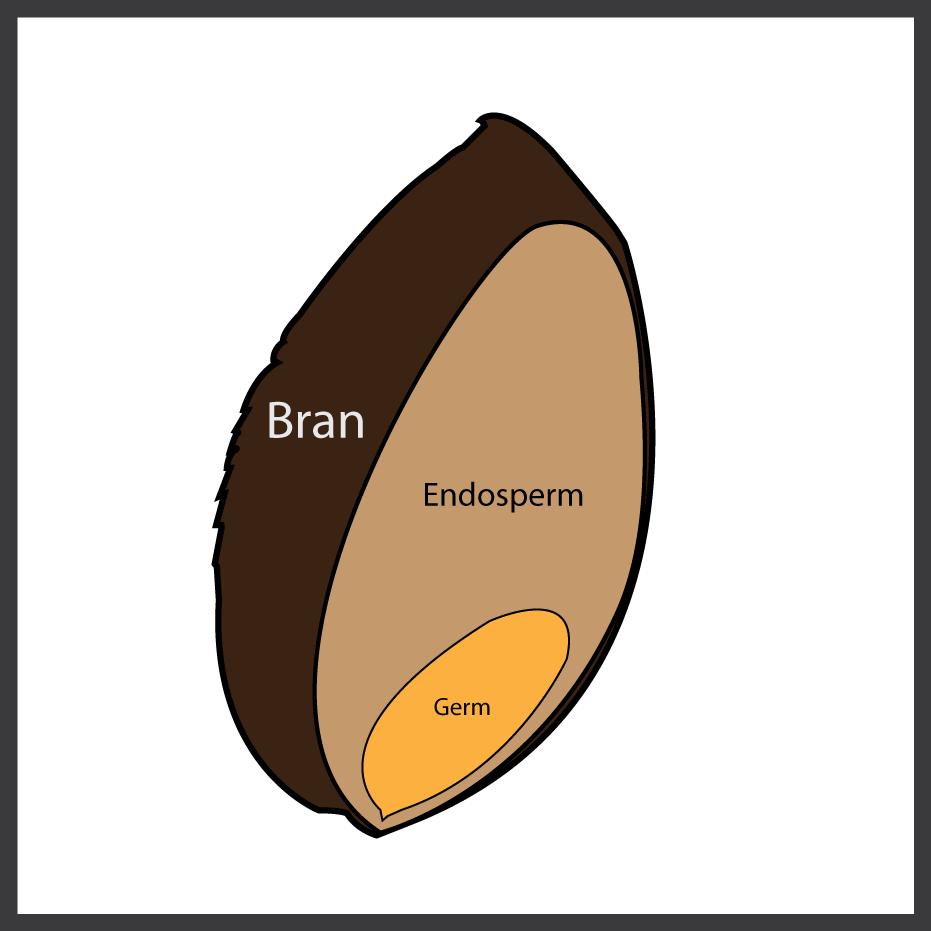
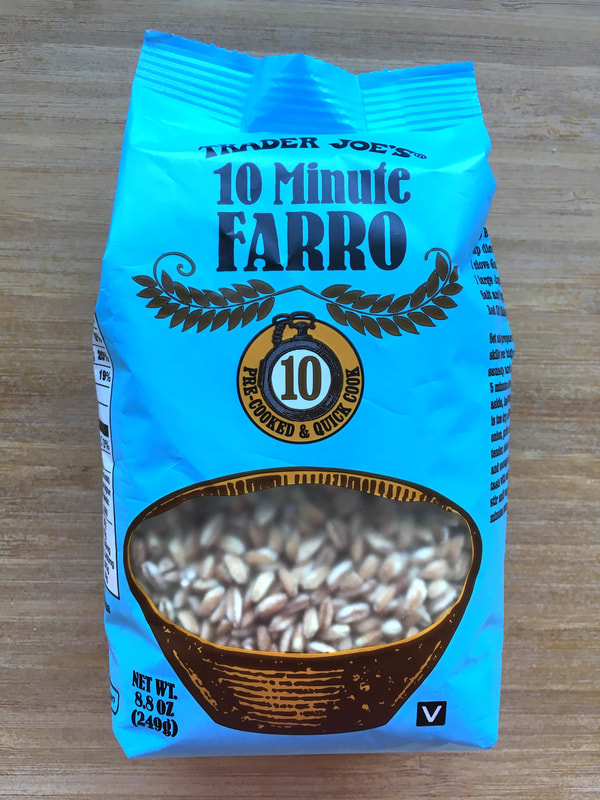
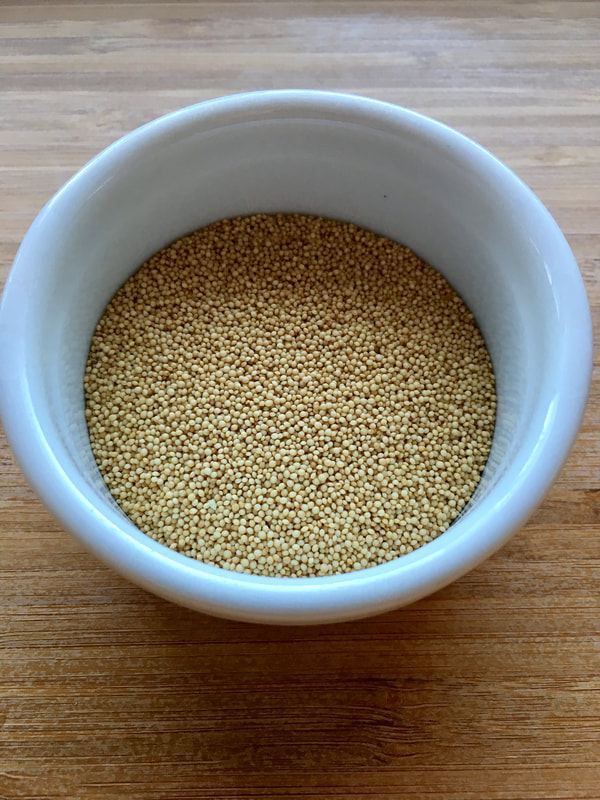
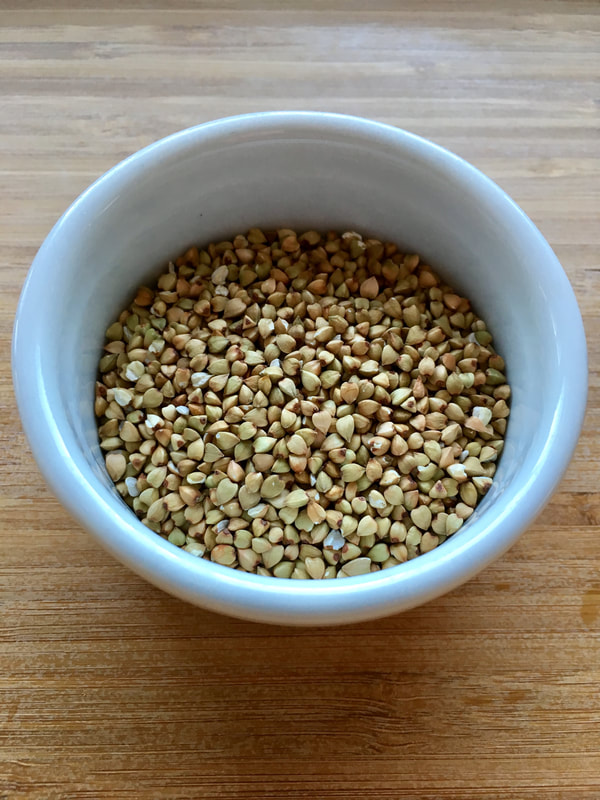
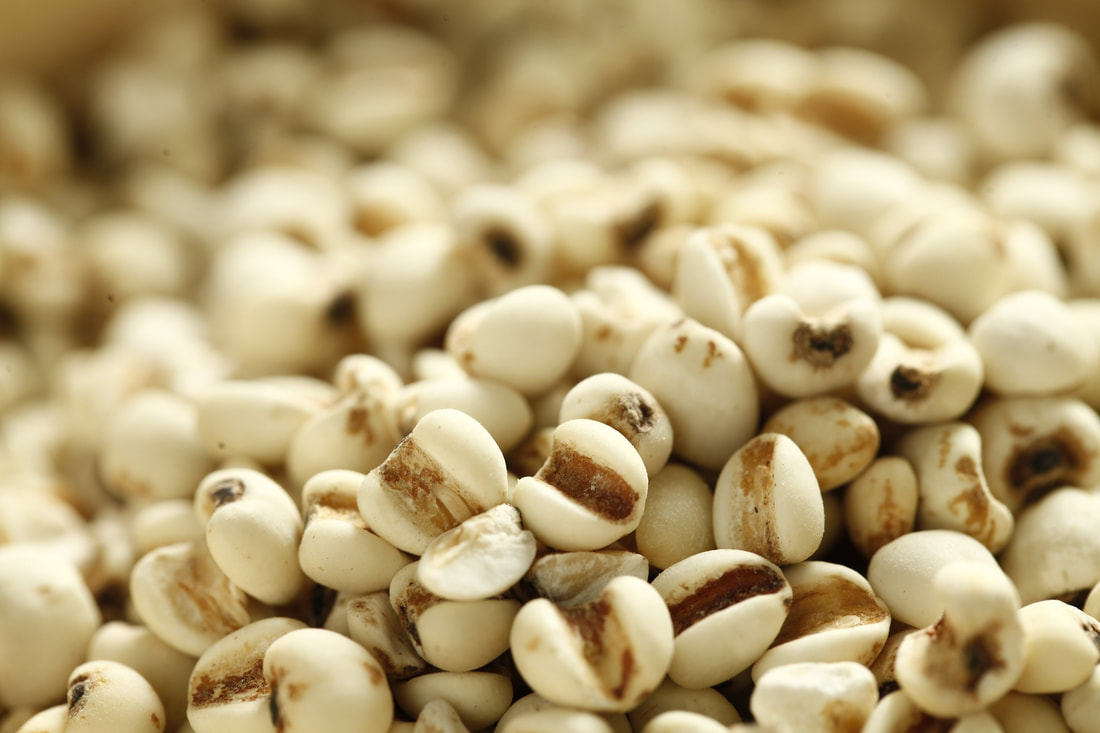
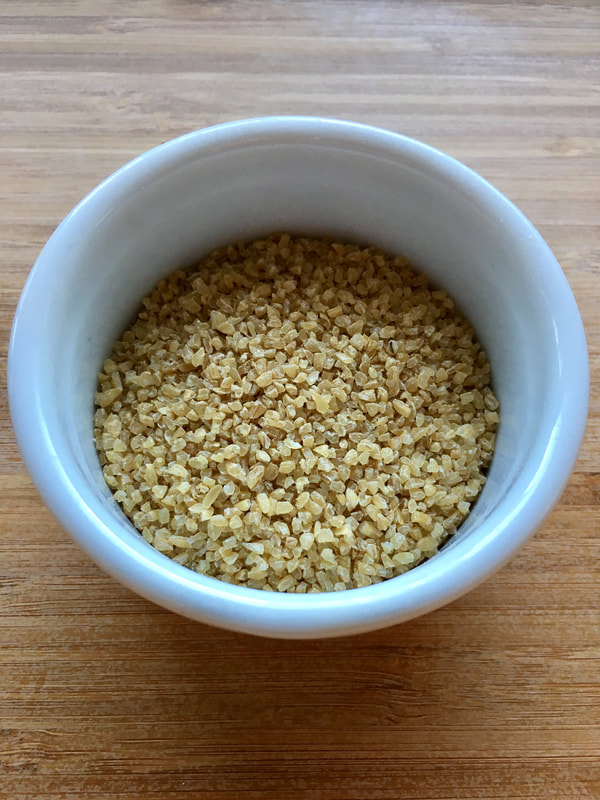
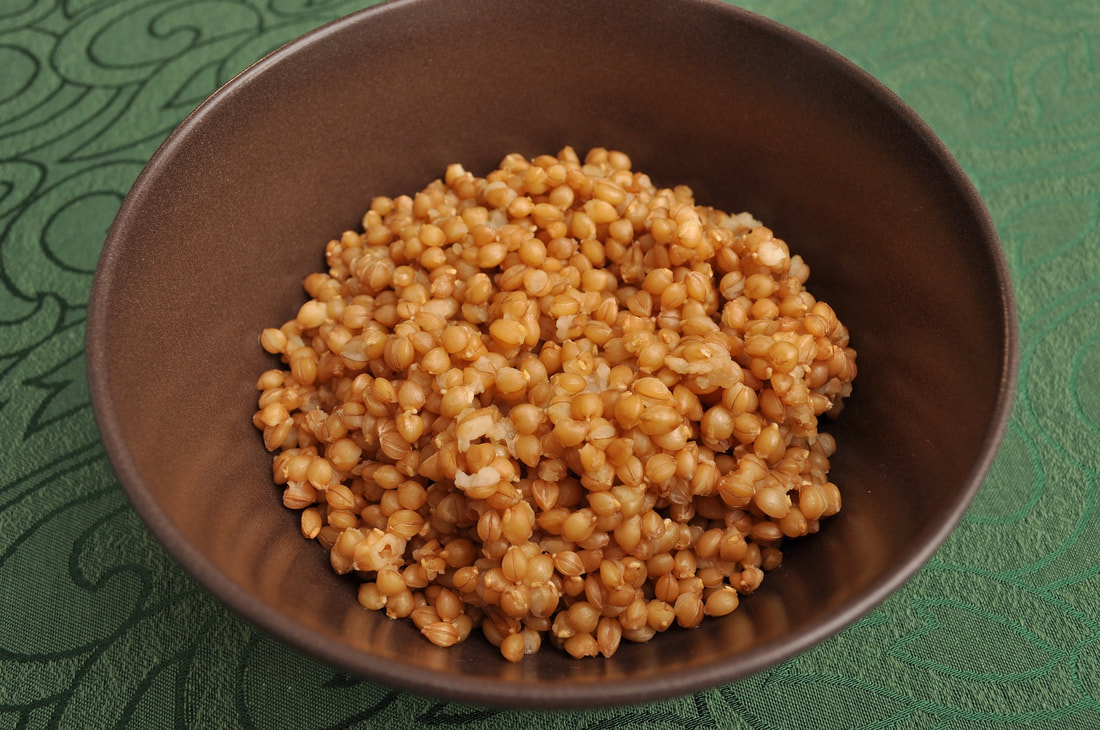
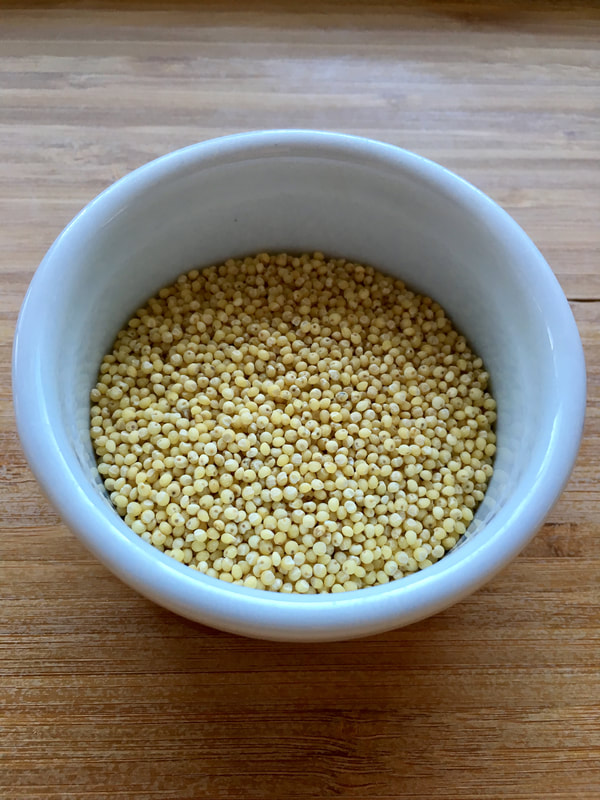
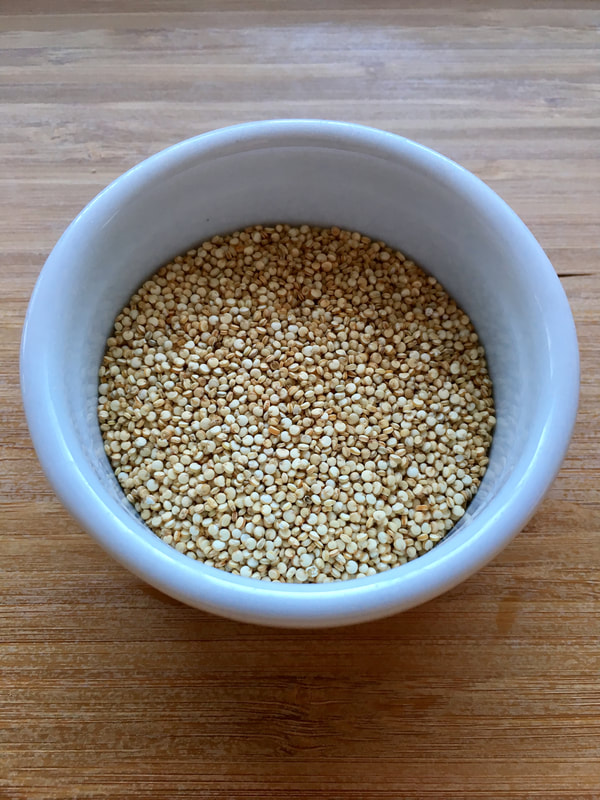
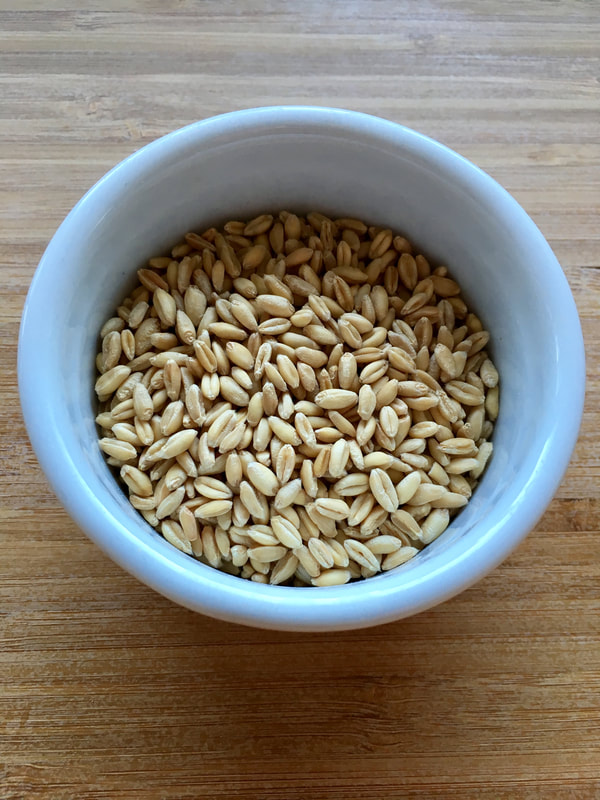
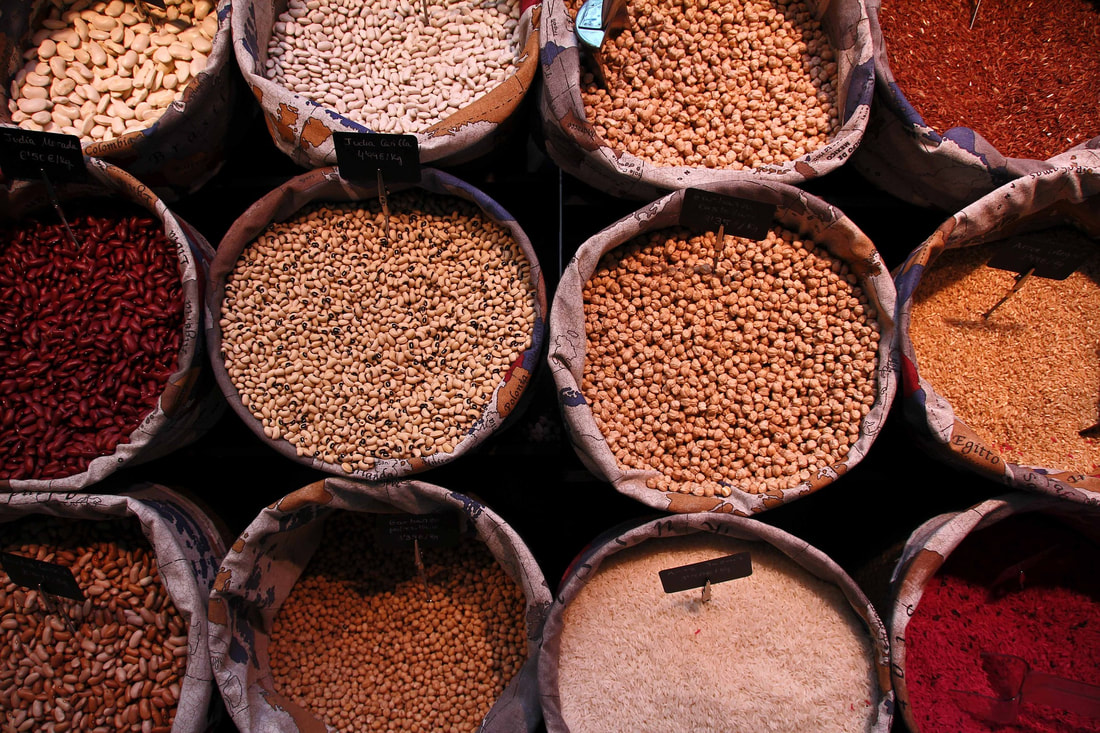
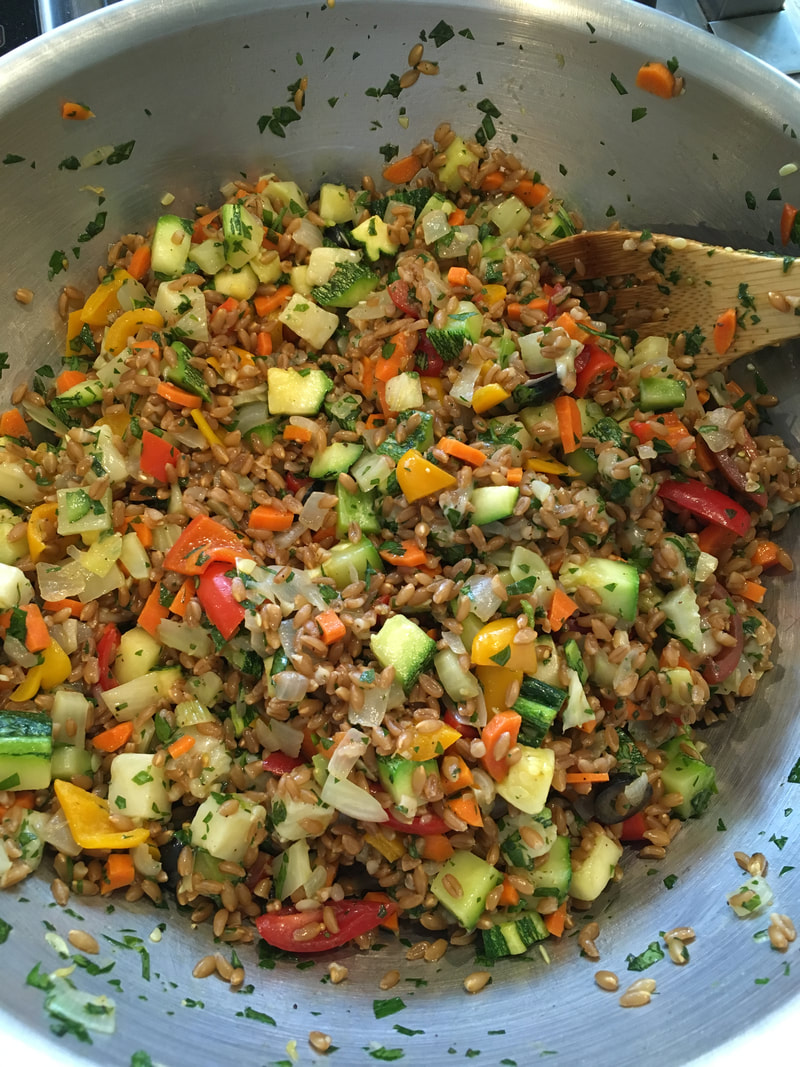
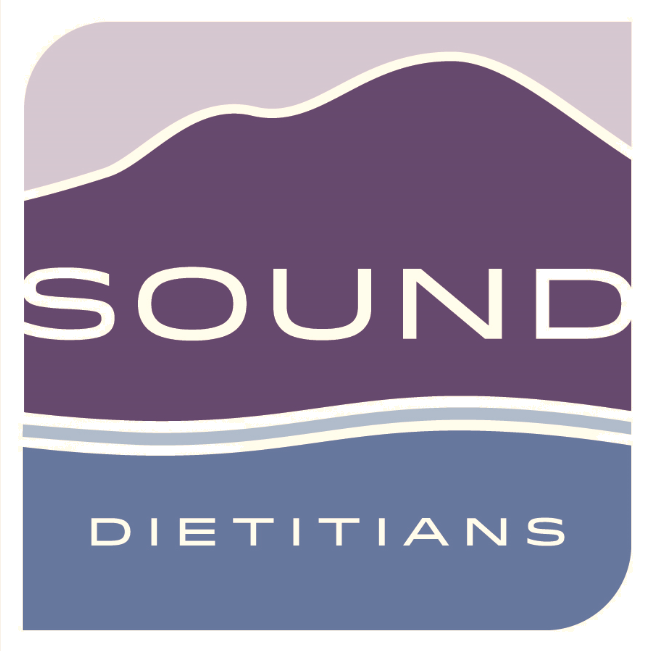
 RSS Feed
RSS Feed